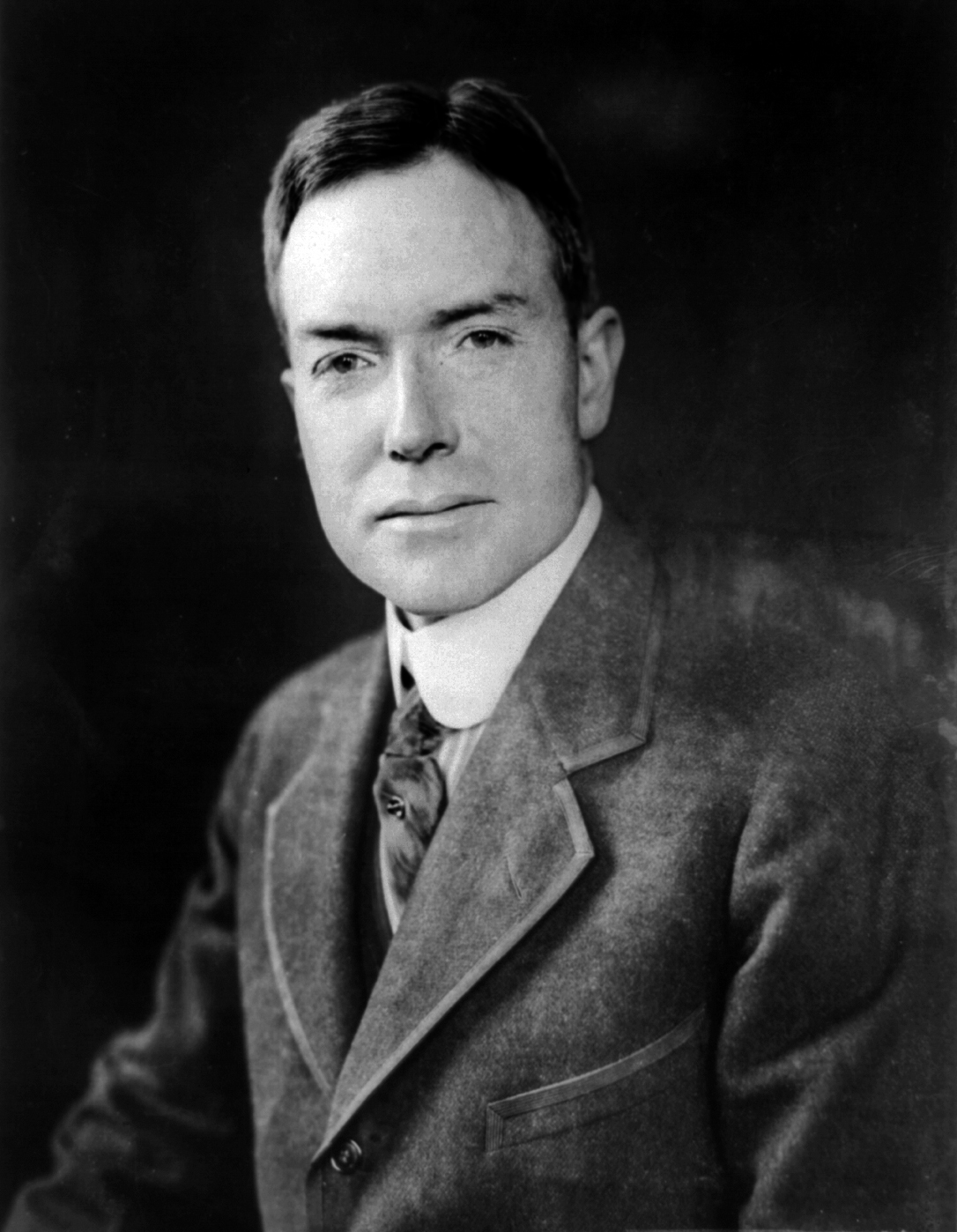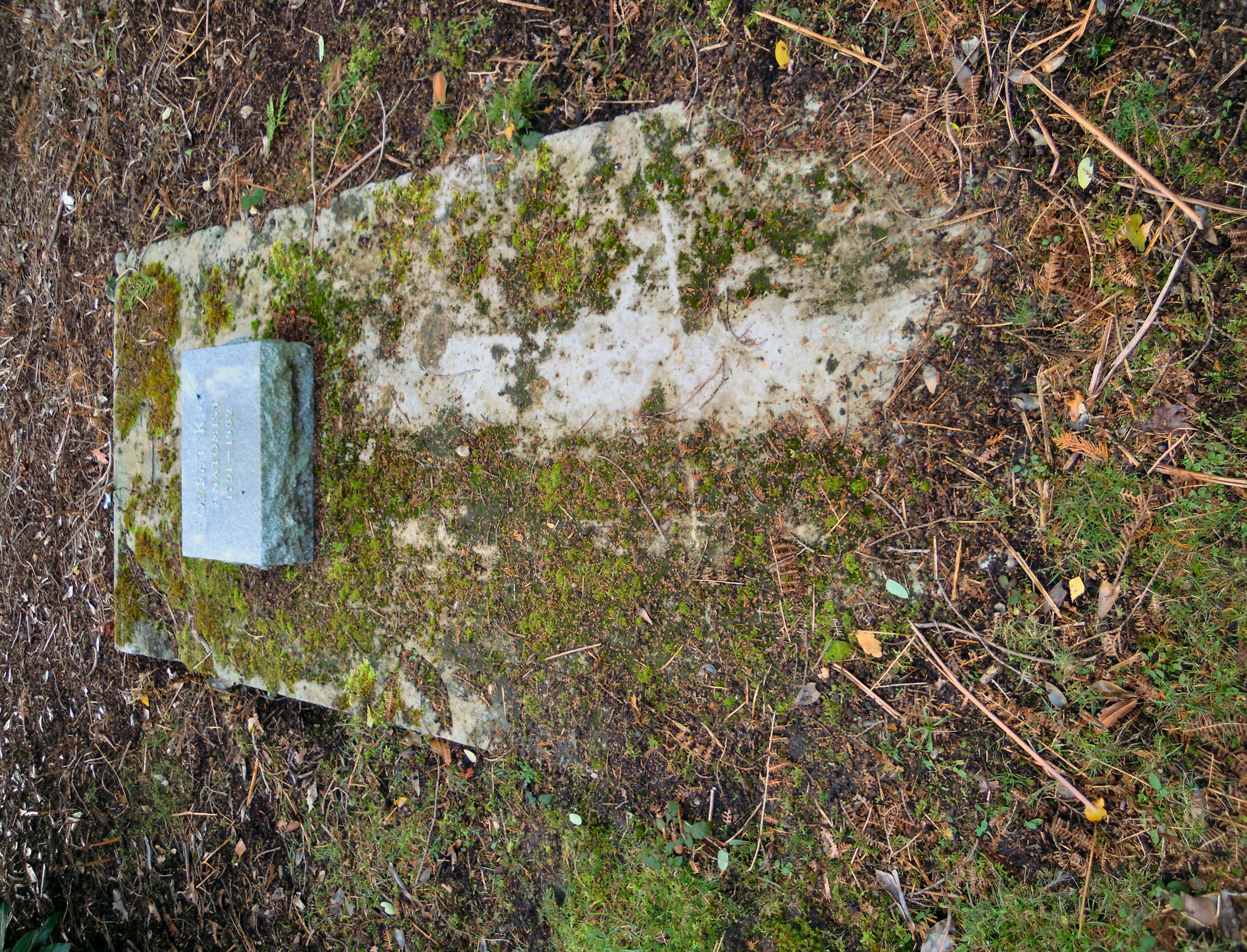|
John Bachman
John Bachman ( ; February 4, 1790 – February 24, 1874) was an American Lutheran minister, social activist and naturalist who collaborated with John James Audubon to produce ''Viviparous Quadrupeds of North America'' and whose writings, particularly ''Unity of the Human Race'', were influential in the development of the theory of evolution. He was married to the painter Maria Martin. Several species of animals are named in his honor. Life Bachman served the same Charleston, South Carolina church as pastor for 56 years but still found time to conduct natural history studies that caught the attention of noted bird artist John James Audubon and eminent scientists in England, Europe, and beyond. He was a proponent of secular and religious education and helped found Newberry College and the Lutheran Theological Southern Seminary, as well as the South Carolina Lutheran Synod. He was elected an Associate Fellow of the American Academy of Arts and Sciences in 1845. Bachman ... [...More Info...] [...Related Items...] OR: [Wikipedia] [Google] [Baidu] |
The Reverend
The Reverend (abbreviated as The Revd, The Rev'd or The Rev) is an honorific style (form of address), style given to certain (primarily Western Christian, Western) Christian clergy and Christian minister, ministers. There are sometimes differences in the way the style is used in different countries and church traditions. ''The Reverend'' is correctly called a ''style'', but is sometimes referred to as a title, form of address, or title of respect. Etymology The term is an anglicisation of the Latin , the style originally used in Latin documents in medieval Europe. It is the gerundive or future passive participle of the verb ("to respect; to revere"), meaning "[one who is] to be revered/must be respected". ''The Reverend'' is therefore equivalent to ''the Honourable'' or ''the Venerable''. Originating as a general term of respectful address in the 15th century, it became particularly associated with clergy by the 17th century, with variations associated with certain ranks in th ... [...More Info...] [...Related Items...] OR: [Wikipedia] [Google] [Baidu] |
Brush Rabbit
The brush rabbit (''Sylvilagus bachmani''), or western brush rabbit, or Californian brush rabbit, is a species of cottontail rabbit found in western coastal regions of North America, from the Columbia River in Oregon to the southern tip of the Baja California Peninsula. Its range extends as far east as the eastern sides of the Sierra Nevada and Cascade mountain ranges. Description and taxonomy The brush rabbit is a small rabbit with short legs and a short tail. It is dark gray on the sides and back, and pale gray on the belly and the underside of the tail. The whiskers are mostly black, although some have white tips. Adult rabbits measure anywhere from in length, and range in weight from . Large numbers of geographically defined subspecies have been proposed, including in Oregon, ''ubericolor''; in California, ''cinerascens'', ''mariposae'', ''riparius'', ''tehamae'' and ''trowbridgii''; and in Baja California, ''cerrosensis'', ''exiguus'', ''howelli'', ''peninsularis'' and ... [...More Info...] [...Related Items...] OR: [Wikipedia] [Google] [Baidu] |
Fellows Of The American Academy Of Arts And Sciences
Fellows may refer to Fellow, in plural form. Fellows or Fellowes may also refer to: Places *Fellows, California, USA *Fellows, Wisconsin, ghost town, USA Other uses *Fellowes, Inc., manufacturer of workspace products *Fellows, a partner in the firm of English canal carriers, Fellows Morton & Clayton *Fellows (surname) *Mount Fellows, a mountain in Alaska See also *North Fellows Historic District, listed on the National Register of Historic Places in Wapello County, Iowa *Justice Fellows (other) {{disambiguation ... [...More Info...] [...Related Items...] OR: [Wikipedia] [Google] [Baidu] |
19th-century American Lutheran Clergy
The 19th century began on 1 January 1801 (represented by the Roman numerals MDCCCI), and ended on 31 December 1900 (MCM). It was the 9th century of the 2nd millennium. It was characterized by vast social upheaval. Slavery was abolished in much of Europe and the Americas. The First Industrial Revolution, though it began in the late 18th century, expanded beyond its British homeland for the first time during the 19th century, particularly remaking the economies and societies of the Low Countries, France, the Rhineland, Northern Italy, and the Northeastern United States. A few decades later, the Second Industrial Revolution led to ever more massive urbanization and much higher levels of productivity, profit, and prosperity, a pattern that continued into the 20th century. The Catholic Church, in response to the growing influence and power of modernism, secularism and materialism, formed the First Vatican Council in the late 19th century to deal with such problems and confir ... [...More Info...] [...Related Items...] OR: [Wikipedia] [Google] [Baidu] |
1874 Deaths
Events January * January 1 – New York City annexes The Bronx. * January 2 – Ignacio María González becomes head of state of the Dominican Republic for the first time. * January 3 – Third Carlist War: Battle of Caspe – Campaigning on the Ebro in Aragon for the Spanish Republican Government, Colonel Eulogio Despujol surprises a Carlist force under Manuel Marco de Bello at Caspe, northeast of Alcañiz. In a brilliant action the Carlists are routed, losing 200 prisoners and 80 horses, while Despujol is promoted to Brigadier and becomes Conde de Caspe. * January 20 – The Pangkor Treaty (also known as the Pangkor Engagement), by which the British extend their control over first the Sultanate of Perak, and later the other independent Malay States, is signed. * January 23 – Prince Alfred, Duke of Edinburgh, second son of Queen Victoria, marries Grand Duchess Maria Alexandrovna of Russia, only daughter of Tsar Alexander III of Russia, in th ... [...More Info...] [...Related Items...] OR: [Wikipedia] [Google] [Baidu] |
1790 Births
Events January–March * January 8 – United States President George Washington gives the first State of the Union address, in New York City. * January 11 – The 11 minor states of the Austrian Netherlands, which took part in the Brabant Revolution at the end of 1789, sign a Treaty of Union, creating the United States of Belgium. * January 14 – U.S. Secretary of the Treasury Alexander Hamilton submits his proposed plan for payment of American debts, starting with $12,000,000 to pay the foreign debts of the confederation, followed by $40 million for domestic debts, and $21.5 million for the war debts of the states. The plan is narrowly approved 14-12 in the Senate, and 34-28 in the House.''Harper's Encyclopaedia of United States History from 458 A. D. to 1909'', ed. by Benson John Lossing and, Woodrow Wilson (Harper & Brothers, 1910) p169 * January 15 – Fletcher Christian & 8 mutineers aboard the ''Bounty'' land on Pitcairn. * January 26 – ... [...More Info...] [...Related Items...] OR: [Wikipedia] [Google] [Baidu] |
:Category:Taxa Named By John Bachman
* by John Bachman John Bachman ( ; February 4, 1790 – February 24, 1874) was an American Lutheran minister, social activist and naturalist who collaborated with John James Audubon to produce ''Viviparous Quadrupeds of North America'' and whose writings, part ... (1790−1874) — an {{DEFAULTSORT:Bachman, John Bachman, John Taxa by American author ... [...More Info...] [...Related Items...] OR: [Wikipedia] [Google] [Baidu] |
James Moore (biographer)
James Richard Moore is a historian of science at the Open University and the University of Cambridge and visiting scholar at Harvard University, is noted as the author of several biographies of Charles Darwin Charles Robert Darwin ( ; 12 February 1809 – 19 April 1882) was an English Natural history#Before 1900, naturalist, geologist, and biologist, widely known for his contributions to evolutionary biology. His proposition that all speci .... As a Cambridge research scholar and a member of the teaching staff at the Open University, he has studied and written about Darwin since the 1970s, co-authoring with Adrian Desmond the major biography ''Darwin'', and also writing ''The Darwin Legend,'' ''The Post-Darwinian Controversies,'' and many articles and reviews. Publications *James Moore. (1979). ''The Post-Darwinian Controversies: A Study of the Protestant Struggle to Come to Terms with Darwin in Great Britain and America, 1870-1900'', Cambridge University Press ... [...More Info...] [...Related Items...] OR: [Wikipedia] [Google] [Baidu] |
Adrian Desmond
Adrian John Desmond (born 1947) is an English writer on the history of science and author of books about Charles Darwin. Life He studied physiology at London University and went on to study the history of science and vertebrate palaeontology at University College London before researching the history of vertebrate palaeontology at Harvard University. He was awarded a PhD in the area of the Victorian-period context of Darwinian evolution. Desmond is an Honorary Research Fellow in the Biology Department at University College London. Books *''The Hot-blooded Dinosaurs: a revolution in palaeontology'' (1975) *''The Ape's Reflexion'' (1979) *''Archetypes and Ancestors'' (1982) *''The Politics of Evolution: Morphology, medicine and reform in radical London'' (1989). This work won the Pfizer Award. *'' Darwin'' (1991) with James Moore. This work won the James Tait Black Prize, the Comisso Prize for biography in Italy, the Watson Davis Prize of the History of Science Society and the ... [...More Info...] [...Related Items...] OR: [Wikipedia] [Google] [Baidu] |
Robert Knox (surgeon)
Robert Knox (4 September 1791 – 20 December 1862) was a Scottish anatomist and ethnologist best known for his involvement in the Burke and Hare murders. Born in Edinburgh, Scotland, Knox eventually partnered with anatomist and former teacher John Barclay (anatomist), John Barclay and became a lecturer on anatomy in the city, where he introduced the theory of transcendental anatomy. However, Knox's incautious methods of obtaining cadavers for dissection before the passage of the Anatomy Act 1832 and disagreements with professional colleagues ruined his career in Scotland. Following these developments, he moved to London, though this did not revive his career. Knox's views on humanity gradually shifted over the course of his lifetime, as his initially positive views (influenced by the ideals of Étienne Geoffroy Saint-Hilaire) gave way to a more pessimistic view. Knox also devoted the latter part of his career to studying and theorising on evolution and ethnology; during this ... [...More Info...] [...Related Items...] OR: [Wikipedia] [Google] [Baidu] |
Leonard Woolsey Bacon
Leonard Woolsey Bacon (January 1, 1830 – May 12, 1907''Obituary Record of Graduates of Yale University'', Yale University, 1906-7, New Haven, pp. 687-9.) was an American clergyman, born in New Haven, Connecticut. He was a social commentator and a prolific author on religious, social, and historical matters. In social, political, and religious issues of his times, he often broke with the traditions of his countrymen, sometimes causing "great sensation." Biography Leonard Woolsey Bacon was a son of the Congregationalist preacher Leonard Bacon, a brother of George B. Bacon of Orange, New Jersey, and Edward Woolsey Bacon, and a half-brother of Thomas Rutherford Bacon of New Haven, Connecticut, all Congregational preachers. He graduated from Yale University in 1850, and in 1856 was ordained in Litchfield. He was also pastor of the First Church in Stamford, Connecticut (1862–65), and of the New England Congregational Church in Brooklyn, New York (1865–70). Subsequently, he ... [...More Info...] [...Related Items...] OR: [Wikipedia] [Google] [Baidu] |




